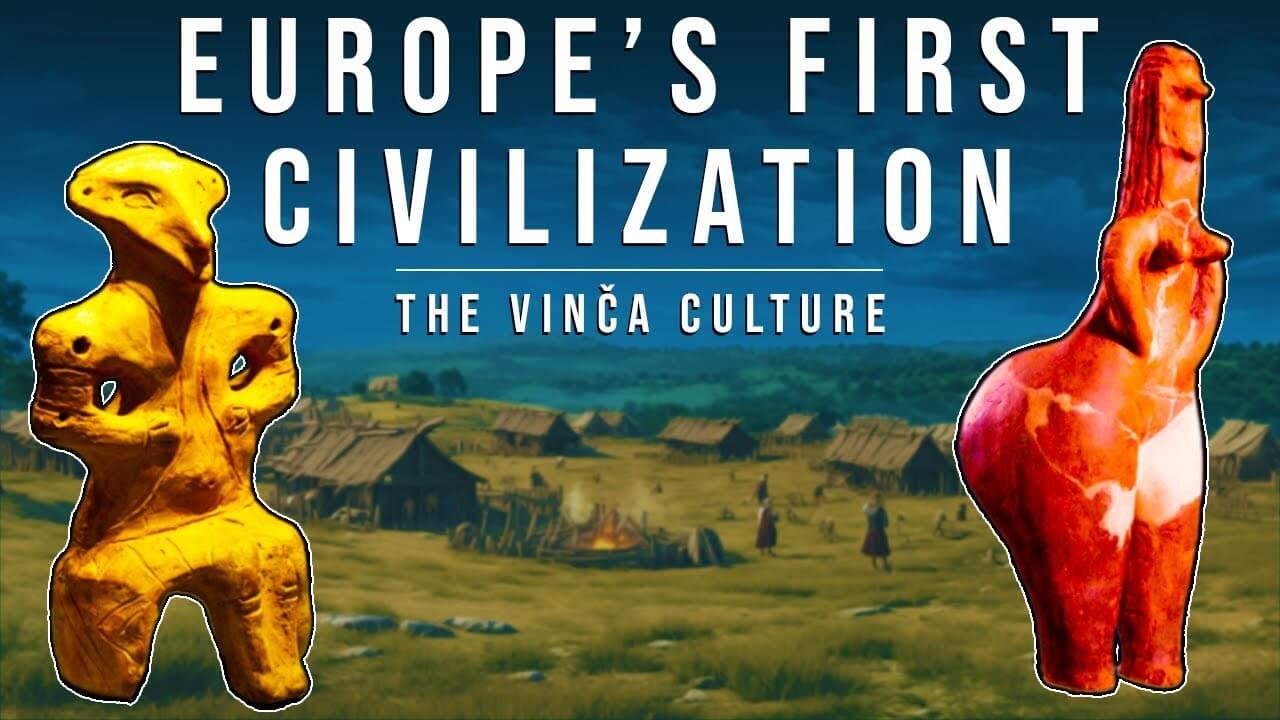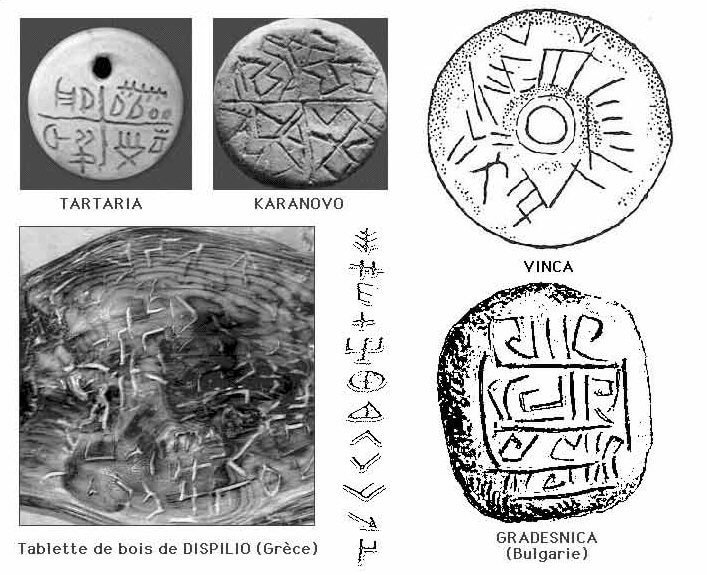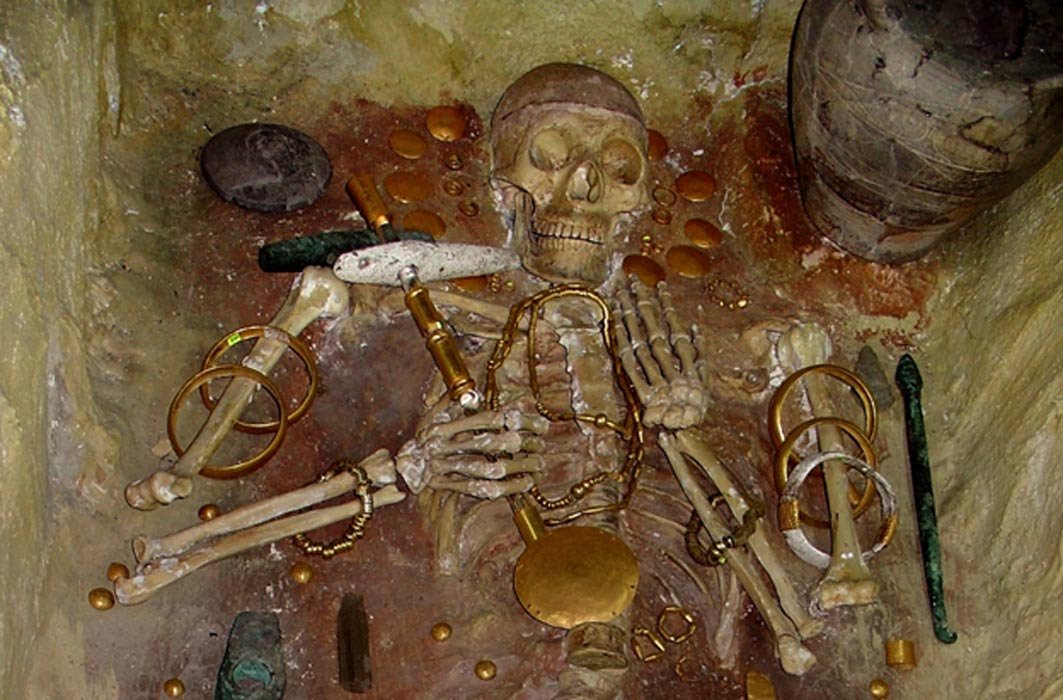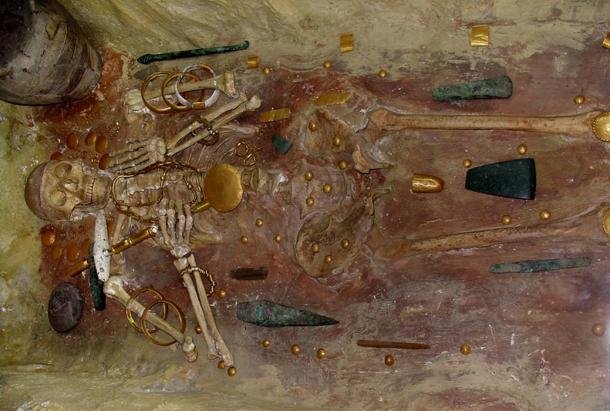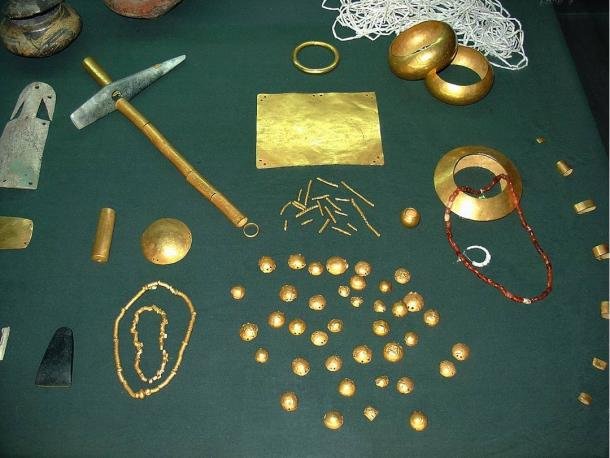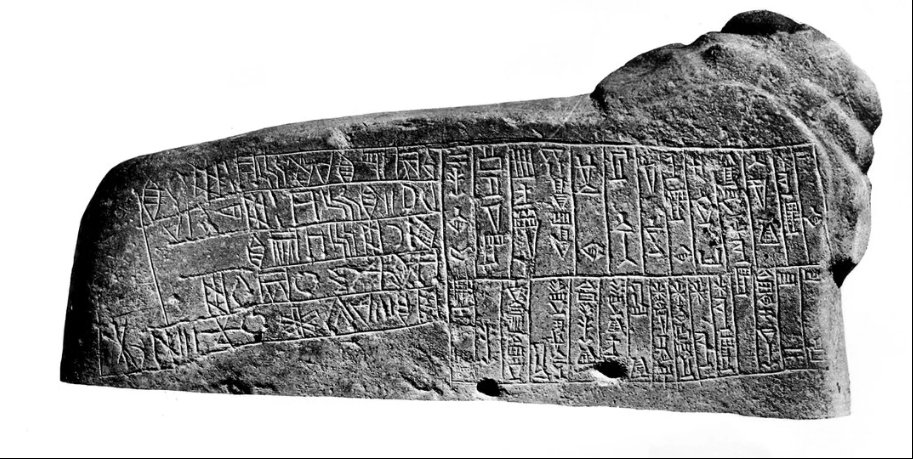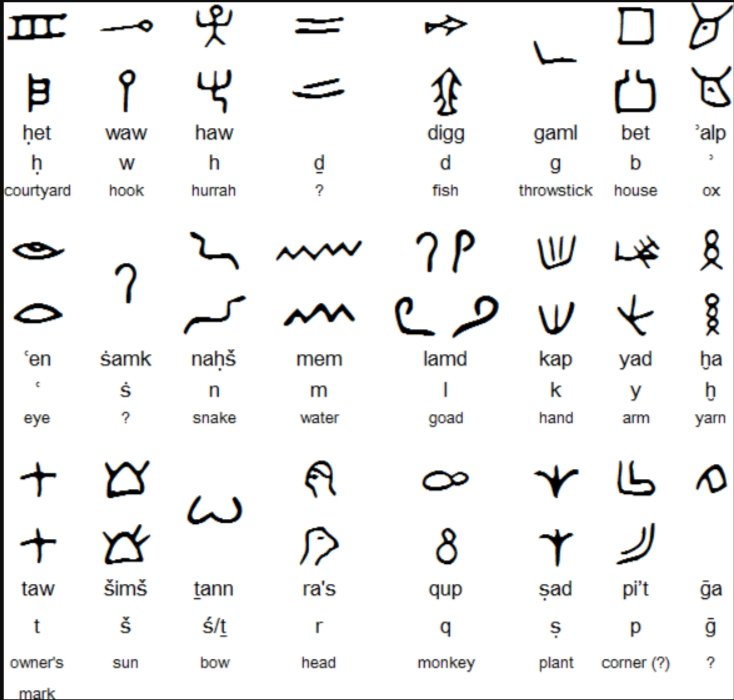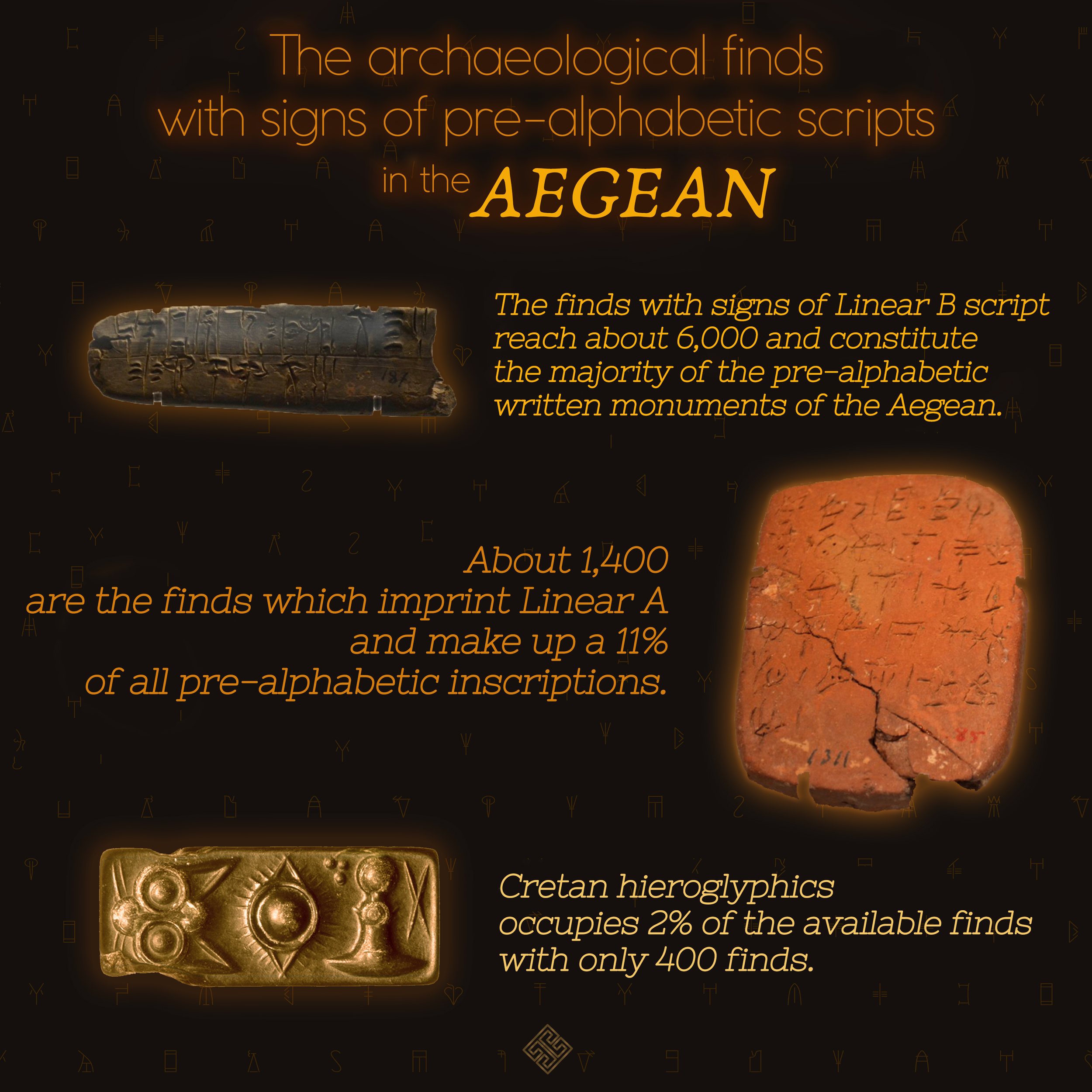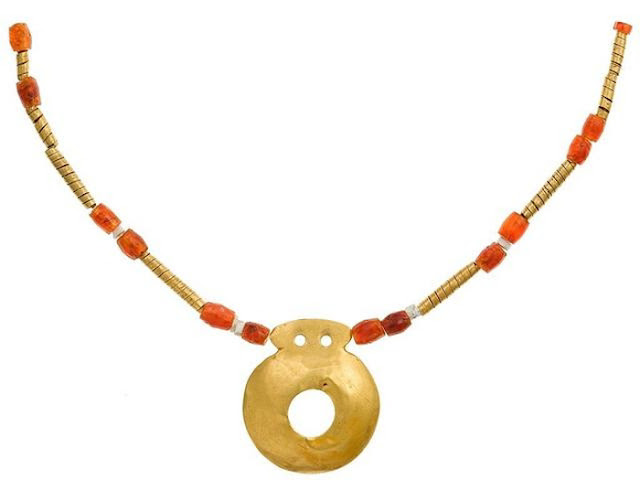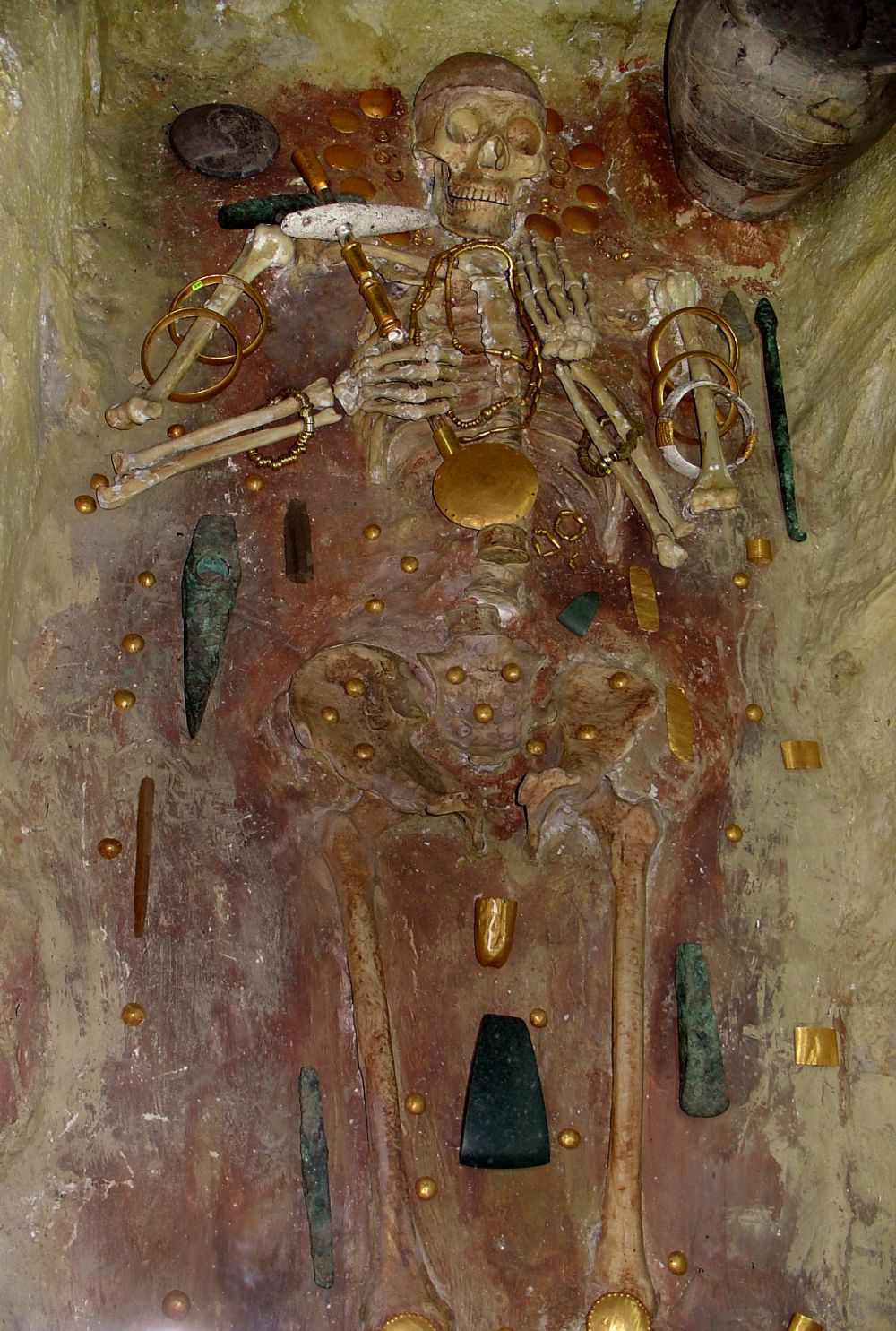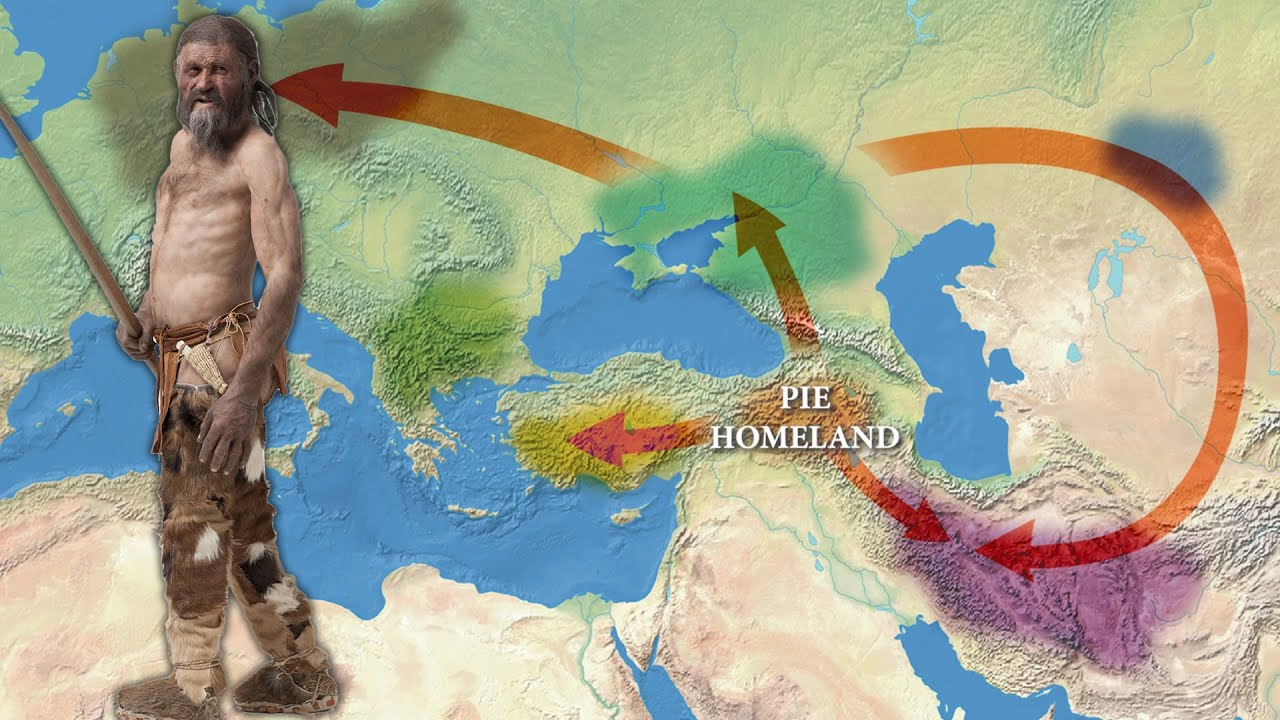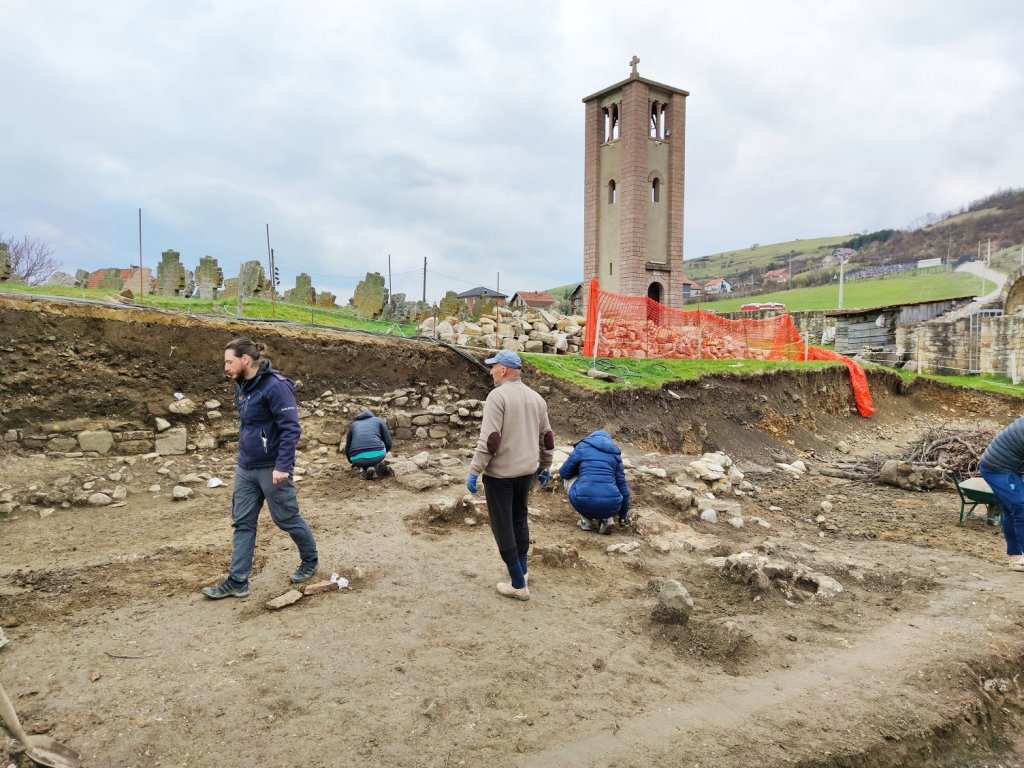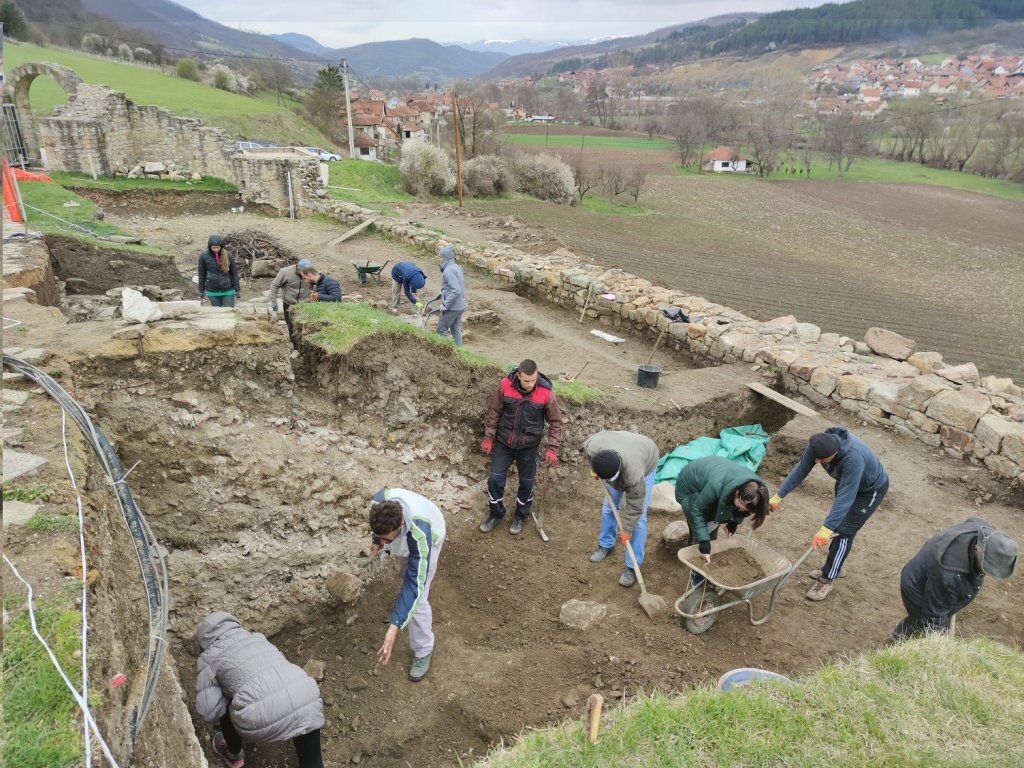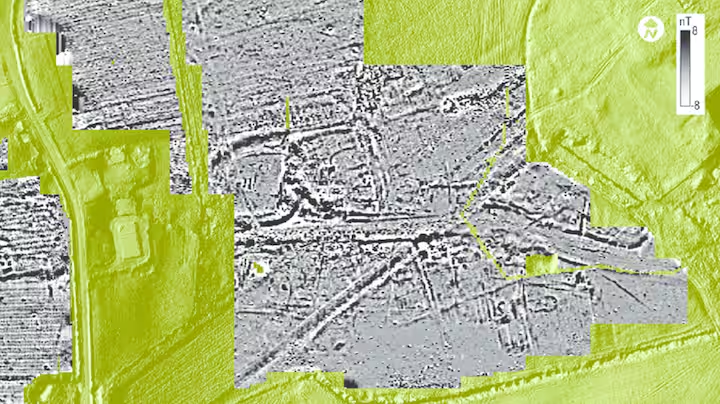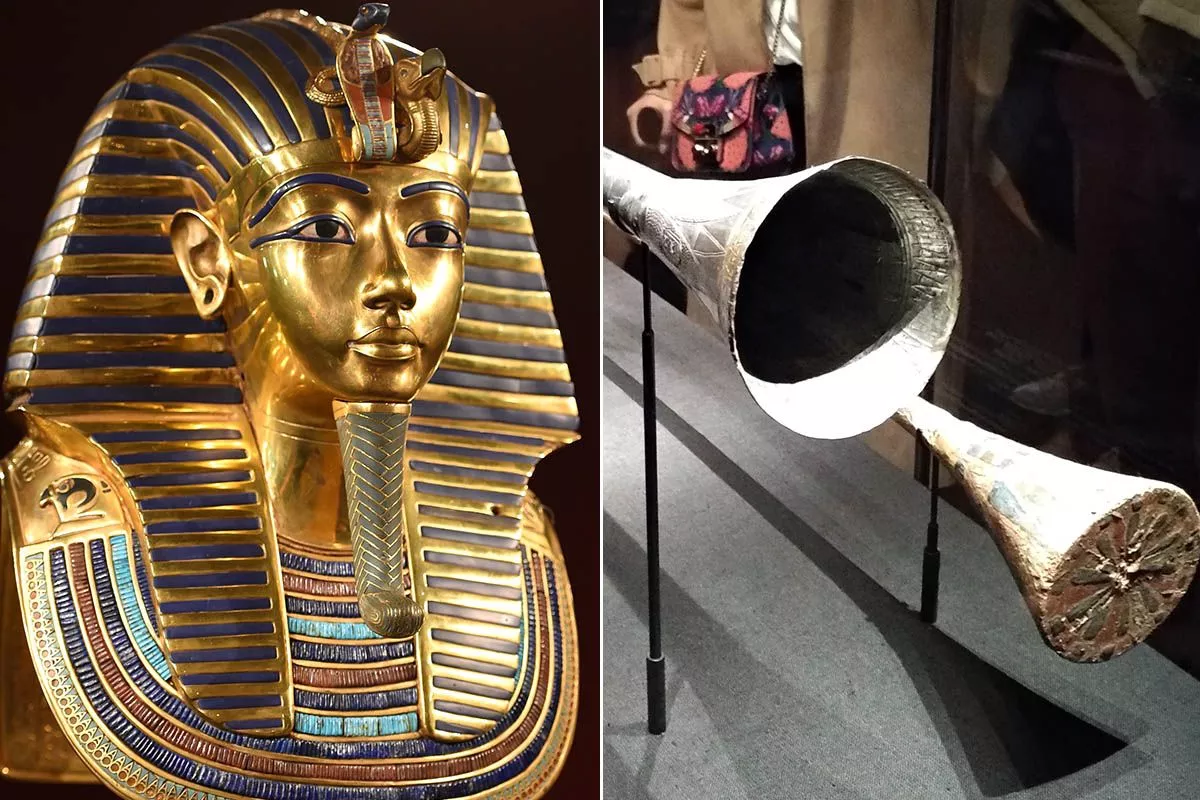In the heart of Southeastern Europe, the Neolithic Vinča culture, flourishing between 5700 and 4500 BC, has long fascinated historians and archaeologists with its advanced society, evident through its impressive artifacts, settlement structures, and symbolic expressions. Among the most enigmatic remnants of this culture are the anthropomorphic figurines, particularly those with stylized faces resembling masks. The triangular or pentagonal-shaped heads of these figurines have sparked debates and theories regarding their significance, leading to an intriguing exploration of prehistoric beliefs and practices.
Theoretical Foundations and Archaeological Discoveries
The explicit mask at the Uivar site.
Cristian Roman from the University Lucian Blaga, Sibiu, in his article entitled "Tipologia Măştii şi a Ochilor în Plastica Antropomorfă Vinčiană," ventures into a comprehensive analysis of these mask-like representations. Roman postulates that the evolution in the shapes of these masks may reflect shifts in religious beliefs or trends within the Vinča society. The common interpretation among scholars that these peculiar facial designs are indeed masks suggests a profound symbolic or ritualistic significance rather than mere artistic expressions.
Further bolstering this theory is the discovery of an explicit mask at the Uivar site, detailed in the works of Wolfram Schier and subsequently by Cornelia-Magda Lazarovici and Gheorghe-Corneliu Lazarovici. These findings illuminate the practical and ceremonial use of masks within the Vinča culture, potentially as part of ritualistic attire or spiritual practices.
The Vidovdanka: A Case Study in Vinča Figurative Art
The so-called "Vidovdanka," one of the most beautiful anthropomorphic figurines of Vinča culture, is also one of the biggest, at 30.6 cm high.
Among the most compelling pieces is the "Vidovdanka," a large polished clay figurine discovered on Vidovdan in 1930 at the Vinča-Belo Brdo site near Belgrade. This figurine, standing at 30.6 cm tall, depicts a female form with distinctly emphasized facial features, alongside a pronounced belly and gluteus, marking it as one of the culture's most detailed and expressive works. The Vidovdanka, housed within the archaeological collection of the Faculty of Philosophy in Belgrade, showcases the sophisticated level of craftsmanship and the possible spiritual or societal roles these figures represented.
Interpretations and Implications
The question remains: how can we ascertain that these faces were intended as masks and not simply stylistic or abstract representations of human features? The lack of clear demarcation between the face and the mask in most figurines complicates interpretations. However, the explicit depiction of a figure holding a mask at the Liubcova site, as analyzed by Adele Änggård, suggests a deliberate use and recognition of masks within the Vinča culture. This evidence, coupled with a comparative analysis of contemporaneous Neolithic cultures, hints at a complex socio-religious framework where masks played an integral role.
Carved figure with mask from Liubcova site. In the left hand, the figure is holding a mask. In the right hand, it's holding a jug (of beer, perhaps?). From "Figurines as multiple art - Studying the shape and forms of Neolithic Statuettes" by Adele Änggård.
The mysterious masked figures of the Vinča culture serve as a window into the spiritual and daily lives of one of Europe's earliest civilizations. While the exact meanings and uses of these masks may never be fully understood, they undeniably represent a rich tradition of symbolic expression and ceremonial practice. As we delve deeper into the Vinča culture's artifacts and settlements, we continue to unravel the intricate tapestry of human history, reminding us of our shared heritage and the enduring power of cultural expression. The exploration of these ancient masks not only enriches our understanding of the Vinča people but also invites reflection on the universal human inclination towards creativity, ritual, and the mystical.








